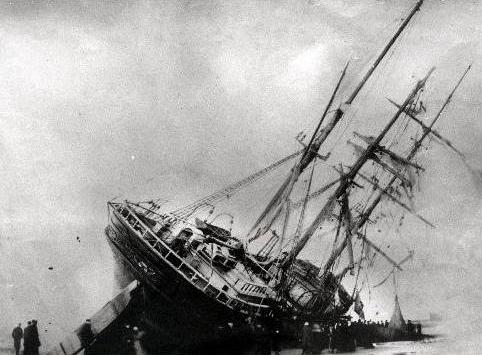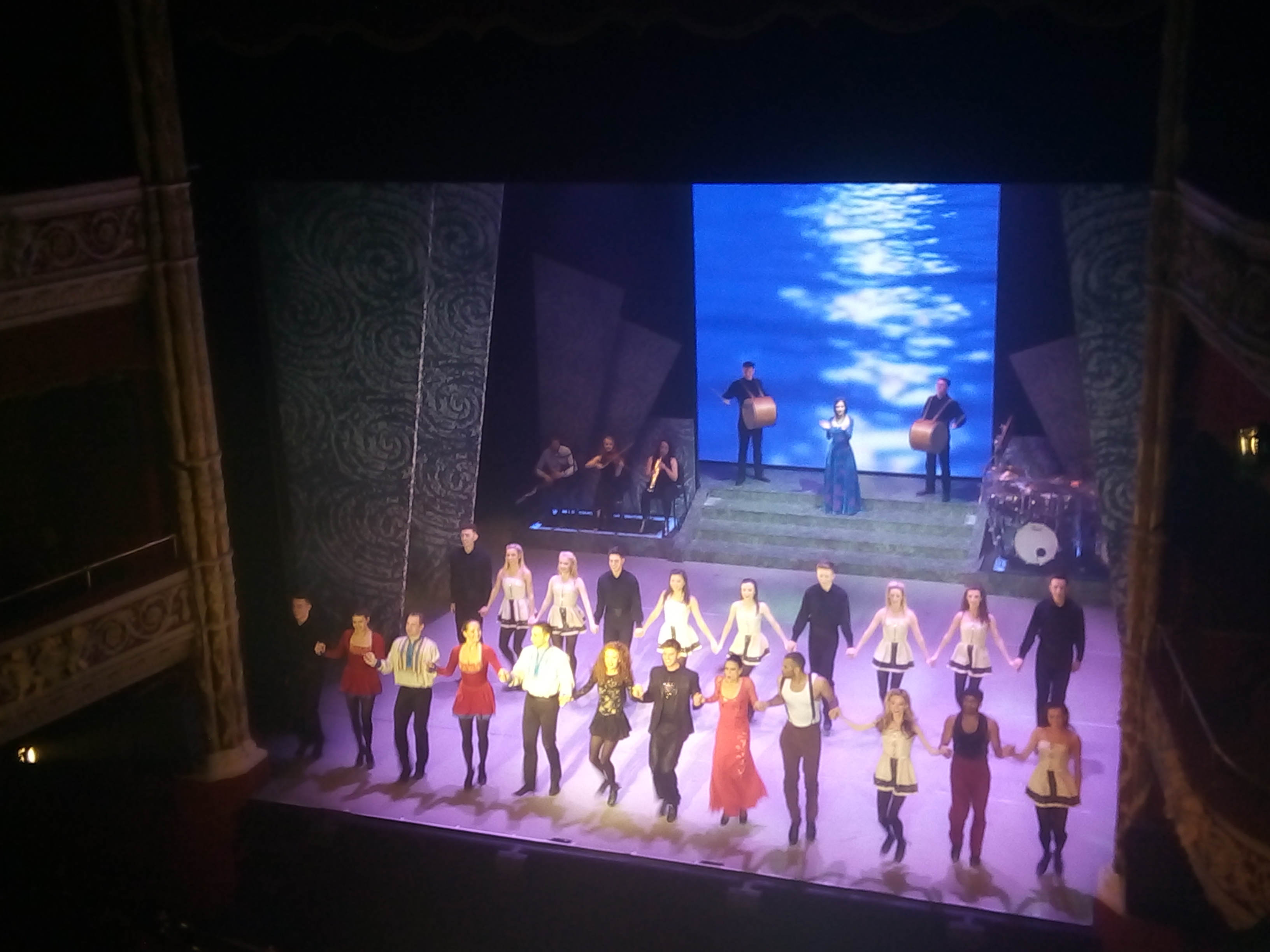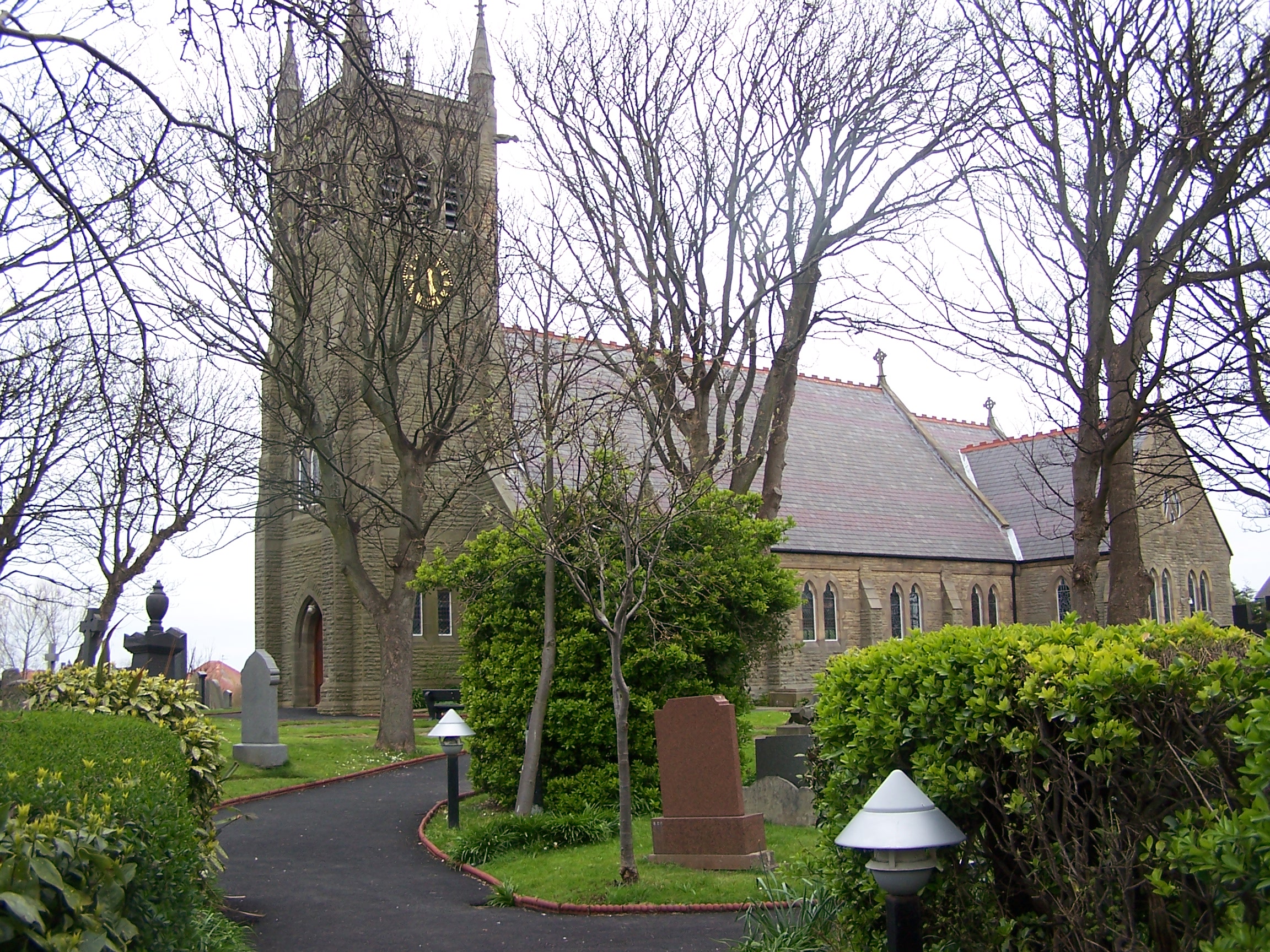|
Blackpool Shipwrecks
Blackpool and the The Fylde, Fylde coast has become a ship graveyard to a number of vessels over the years. Most of the shipwrecks occurred at or near Blackpool, whilst a few happened a little further afield but have strong connections with the Blackpool area. For the purposes of this article, Blackpool means the stretch of coast from Fleetwood to Lytham St Annes. ''Travers'' – 1755 ''Travers'' was wrecked in 1755 with a cargo of lace. The "Pea Soup" wreck – 1779 In the autumn of 1779 a ship laden with peas was wrecked at Blackpool. ''Happy'' – 1797 In December 1797, ''Happy'' foundered off Lytham St. Annes. She was on a voyage from Oporto, Portugal to Liverpool, Lancashire. ''Fanny'' – 1821 ''Fanny'' was wrecked off the coast of Blackpool in 1821, laden with red and black flannel. Wreck at the Gynn – 1833 A ship was wrecked at the Gynn in 1833. ''Crusader'' – 1839 ''Crusader'' was wrecked at South Shore in 1839, laden with silk. Some looters from Marton, Blackpo ... [...More Info...] [...Related Items...] OR: [Wikipedia] [Google] [Baidu] |
The Fylde
The Fylde () is a coastal plain in western Lancashire, England. It is roughly a square-shaped peninsula, bounded by Morecambe Bay to the north, the Ribble estuary to the south, the Irish Sea to the west, and the foot of the Bowland hills to the east which approximates to a section of the M6 motorway and West Coast Main Line. Geography It is a flat, alluvial plain, parts of which have deposits of and were once dug for peat. The River Wyre meanders across the Fylde from Garstang on the eastern edge, westwards towards Poulton and then northwards to the sea at Fleetwood. The area north and east of the tidal Wyre, known as Over Wyre, is the more rural side of the river. The Fylde is roughly trisected by the M55 motorway and A586 road. The west coast is almost entirely urban, containing the towns of Fleetwood, Cleveleys, Blackpool, St Annes and Lytham; with Thornton, Carleton and Poulton-le-Fylde not far inland. This area forms the Blackpool Urban Area. The central souther ... [...More Info...] [...Related Items...] OR: [Wikipedia] [Google] [Baidu] |
Llandudno
Llandudno (, ) is a seaside resort, town and community in Conwy County Borough, Wales, located on the Creuddyn peninsula, which protrudes into the Irish Sea. In the 2011 UK census, the community – which includes Gogarth, Penrhyn Bay, Craigside, Glanwydden, Penrhynside, and Bryn Pydew – had a population of 20,701. The town's name means "Church of Saint Tudno". Llandudno is the largest seaside resort in Wales, and as early as 1861 was being called 'the Queen of the Welsh Watering Places' (a phrase later also used in connection with Tenby and Aberystwyth; the word 'resort' came a little later). Historically a part of Caernarfonshire, Llandudno was formerly in the district of Aberconwy within Gwynedd. History The town of Llandudno developed from Stone Age, Bronze Age and Iron Age settlements over many hundreds of years on the slopes of the limestone headland, known to seafarers as the Great Orme and to landsmen as the Creuddyn Peninsula. The origins in recorded history are wi ... [...More Info...] [...Related Items...] OR: [Wikipedia] [Google] [Baidu] |
Roll-on/roll-off
Roll-on/roll-off (RORO or ro-ro) ships are cargo ships designed to carry wheeled cargo, such as cars, motorcycles, trucks, semi-trailer trucks, buses, trailers, and railroad cars, that are driven on and off the ship on their own wheels or using a platform vehicle, such as a self-propelled modular transporter. This is in contrast to lift-on/lift-off (LoLo) vessels, which use a crane to load and unload cargo. RORO vessels have either built-in or shore-based ramps or ferry slips that allow the cargo to be efficiently rolled on and off the vessel when in port. While smaller ferries that operate across rivers and other short distances often have built-in ramps, the term RORO is generally reserved for large oceangoing vessels. The ramps and doors may be located in the stern, bow, or sides, or any combination thereof. Description Types of RORO vessels include ferries, cruiseferries, cargo ships, barges, and RoRo service for air deliveries. New automobiles that are transported by ... [...More Info...] [...Related Items...] OR: [Wikipedia] [Google] [Baidu] |
Riverdance Aground
''Riverdance'' is a theatrical show that consists mainly of traditional Irish music and dance. With a score composed by Bill Whelan, it originated as an interval act during the Eurovision Song Contest 1994, featuring Irish dancing champions Jean Butler, Michael Flatley and the vocal ensemble Anúna. Shortly afterwards, husband and wife production team John McColgan and Moya Doherty expanded it into a stage show, which opened in Dublin on 9 February 1995. Since then, the show has visited over 450 venues worldwide and been seen by over 25 million people, making it one of the most successful dance productions in the world. Background ''Riverdance'' is rooted in a three-part suite of baroque-influenced traditional music called ''Timedance''. ''Timedance'' was composed, recorded and performed for the 1981 Eurovision Song Contest, which was hosted by Ireland. At the time, Bill Whelan and Dónal Lunny composed the music, augmenting the Irish folk band Planxty with a rock rhythm section ... [...More Info...] [...Related Items...] OR: [Wikipedia] [Google] [Baidu] |
Dredger
Dredging is the excavation of material from a water environment. Possible reasons for dredging include improving existing water features; reshaping land and water features to alter drainage, navigability, and commercial use; constructing dams, dikes, and other controls for streams and shorelines; and recovering valuable mineral deposits or marine life having commercial value. In all but a few situations the excavation is undertaken by a specialist floating plant, known as a dredger. Dredging is carried out in many different locations and for many different purposes, but the main objectives are usually to recover material of value or use, or to create a greater depth of water. Dredges have been classified as suction or mechanical. Dredging has significant environmental impacts: it can disturb marine sediments, leading to both short- and long-term water pollution, destroy important seabed ecosystems, and can release human-sourced toxins captured in the sediment. Descriptio ... [...More Info...] [...Related Items...] OR: [Wikipedia] [Google] [Baidu] |
Coastal Trading Vessel
Coastal trading vessels, also known as coasters or skoots, are shallow-hulled ships used for trade between locations on the same island or continent. Their shallow hulls mean that they can get through reefs where deeper-hulled seagoing ships usually cannot. Coasters can load and unload cargo in shallow ports. World War II During World War II there was a demand for coasters to support troops around the world. Type N3 ship and Type C1 ship was the designation for small cargo ships built for the United States Maritime Commission before and during World War II. Both were use for close to shore and short cargo runs. Government of the United Kingdom used Empire ships type Empire F as a merchant ship for coastal shipping. UK seamen called these "CHANTs", possibly because they had the same hull form as Channel Tankers (CHANT) and initially all the tankers were sold to foreign owners and therefore there was no conflict in nomenclature. The USA and UK both used coastal tankers also ... [...More Info...] [...Related Items...] OR: [Wikipedia] [Google] [Baidu] |
Imperial Chemical Industries
Imperial Chemical Industries (ICI) was a British chemical company. It was, for much of its history, the largest manufacturer in Britain. It was formed by the merger of four leading British chemical companies in 1926. Its headquarters were at Millbank in London. ICI was a constituent of the FT 30 and later the FTSE 100 indices. ICI made general chemicals, plastics, paints, pharmaceuticals and speciality products, including food ingredients, speciality polymers, electronic materials, fragrances and flavourings. In 2008, it was acquired by AkzoNobel, which immediately sold parts of ICI to Henkel and integrated ICI's remaining operations within its existing organisation. History Development of the business (1926–1944) The company was founded in December 1926 from the merger of four companies: Brunner Mond, Nobel Explosives, the United Alkali Company, and British Dyestuffs Corporation. It established its head office at Millbank in London in 1928. Competing with DuPont a ... [...More Info...] [...Related Items...] OR: [Wikipedia] [Google] [Baidu] |
Southport
Southport is a seaside town in the Metropolitan Borough of Sefton in Merseyside, England. At the 2001 census, it had a population of 90,336, making it the eleventh most populous settlement in North West England. Southport lies on the Irish Sea coast and is fringed to the north by the Ribble estuary. The town is north of Liverpool and southwest of Preston. Within the boundaries of the historic county of Lancashire, the town was founded in 1792 when William Sutton, an innkeeper from Churchtown, built a bathing house at what is now the south end of Lord Street.''North Meols and Southport – a History'', Chapter 9, Peter Aughton (1988) At that time, the area, known as South Hawes, was sparsely populated and dominated by sand dunes. At the turn of the 19th century, the area became popular with tourists due to the easy access from the nearby Leeds and Liverpool Canal. The rapid growth of Southport largely coincided with the Industrial Revolution and the Victorian er ... [...More Info...] [...Related Items...] OR: [Wikipedia] [Google] [Baidu] |
Flagship
A flagship is a vessel used by the commanding officer of a group of naval ships, characteristically a flag officer entitled by custom to fly a distinguishing flag. Used more loosely, it is the lead ship in a fleet of vessels, typically the first, largest, fastest, most heavily armed, or best known. Over the years, the term "flagship" has become a metaphor used in industries such as broadcasting, automobiles, education, technology, airlines, and retail to refer to their highest profile or most expensive products and locations. Naval use In common naval use, the term ''flagship'' is fundamentally a temporary designation; the flagship is wherever the admiral's flag is being flown. However, admirals have always needed additional facilities, including a meeting room large enough to hold all the captains of the fleet and a place for the admiral's staff to make plans and draw up orders. Historically, only larger ships could accommodate such requirements. The term was also used by ... [...More Info...] [...Related Items...] OR: [Wikipedia] [Google] [Baidu] |
Horatio Nelson, 1st Viscount Nelson
Vice-Admiral Horatio Nelson, 1st Viscount Nelson, 1st Duke of Bronte (29 September 1758 – 21 October 1805) was a British flag officer in the Royal Navy. His inspirational leadership, grasp of strategy, and unconventional tactics brought about a number of decisive British naval victories during the French Revolutionary and Napoleonic Wars. He is widely regarded as one of the greatest naval commanders in history. Nelson was born into a moderately prosperous Norfolk family and joined the navy through the influence of his uncle, Maurice Suckling, a high-ranking naval officer. Nelson rose rapidly through the ranks and served with leading naval commanders of the period before obtaining his own command at the age of 20, in 1778. He developed a reputation for personal valour and firm grasp of tactics, but suffered periods of illness and unemployment after the end of the American War of Independence. The outbreak of the French Revolutionary Wars allowed Nelson to return to service, ... [...More Info...] [...Related Items...] OR: [Wikipedia] [Google] [Baidu] |
Bispham, Blackpool
Bispham is a village on the Fylde coast in Lancashire, England, a mile and a half north of Blackpool town centre. Geography and administration The village is part of the borough of Blackpool, and generally considered a suburb of the town. To the south of Bispham is Warbreck, North Shore and Layton, to the east is Carleton and to the north is Norbreck and Thornton Cleveleys and to the west, the Irish Sea. The area is mostly urban. Bispham was formerly in the Blackpool North and Fleetwood parliamentary constituency, but, as of the 2010 general election forms part of the Blackpool North and Cleveleys constituency whose M.P. is Paul Maynard. Bispham has three Blackpool Council electoral wards: Bispham, Greenlands and Ingthorpe. Demographics The population at the United Kingdom Census 2001 was 19,165, 13.41% of the population of Blackpool (142,900), with 3,873 residents aged between 0 and 17 years old (20.21%), 4,329 aged 65 and over (22.58%) and 10,963 between the ages of 1 ... [...More Info...] [...Related Items...] OR: [Wikipedia] [Google] [Baidu] |



.png)





